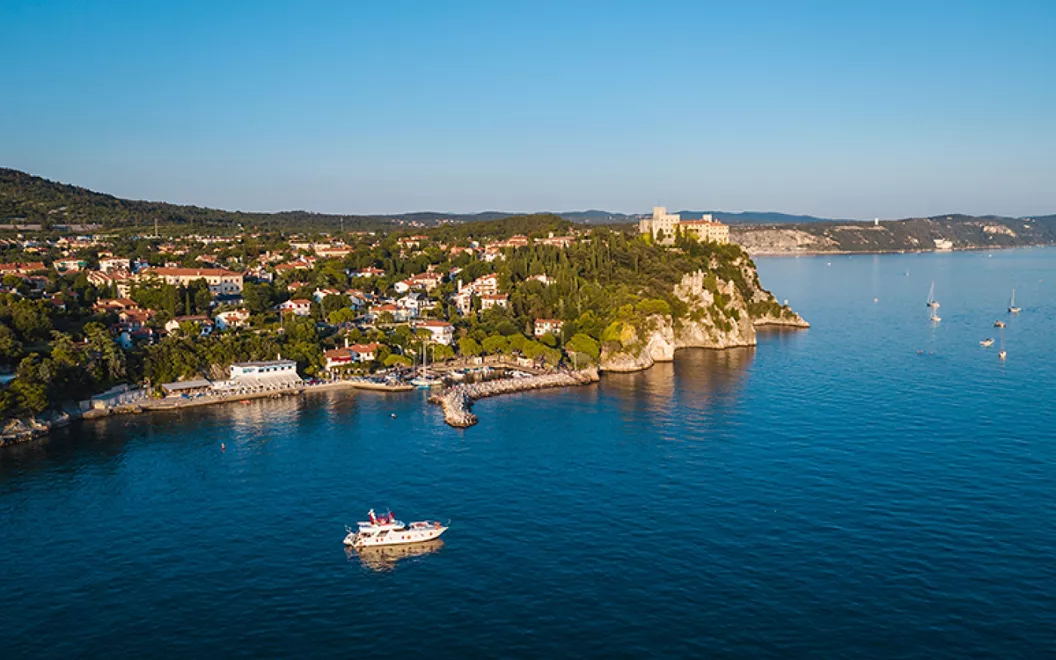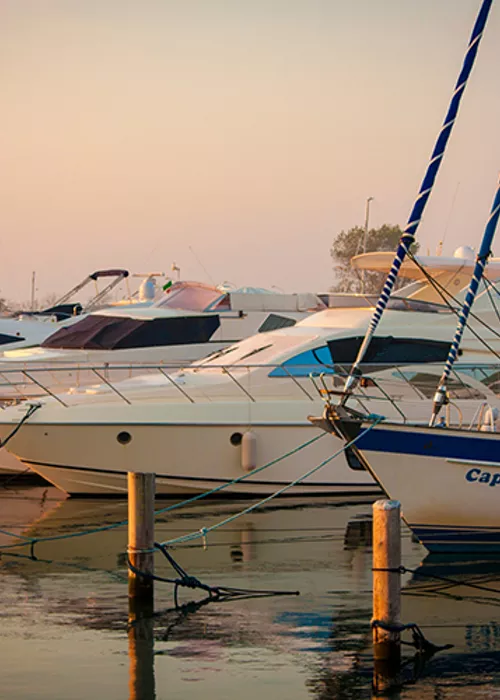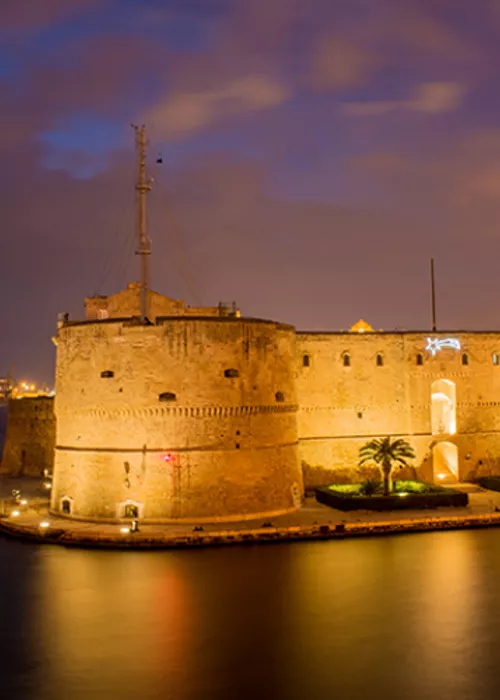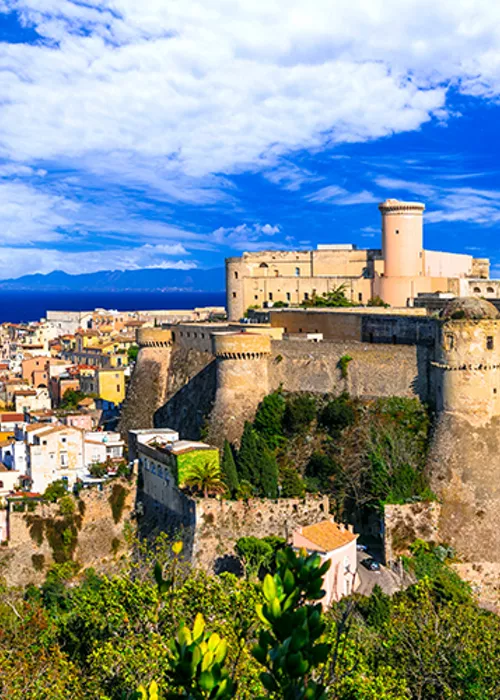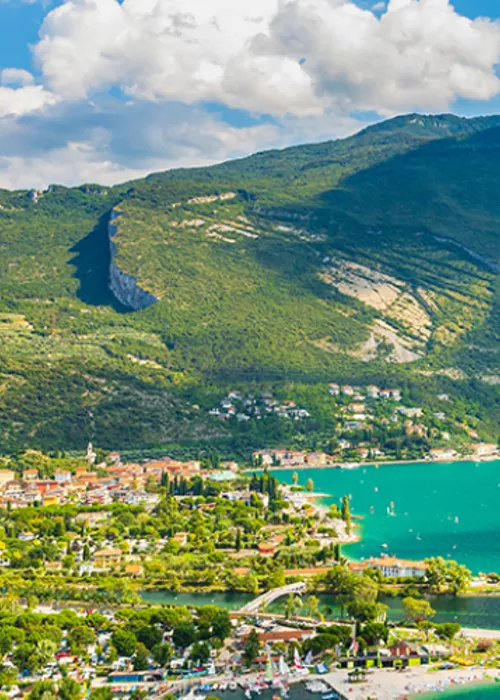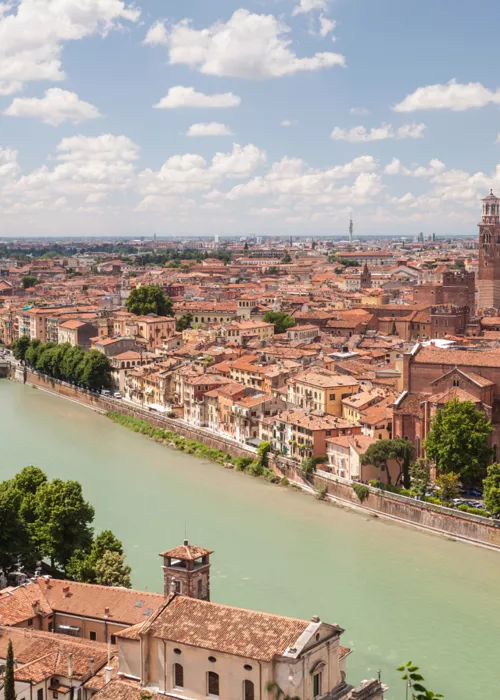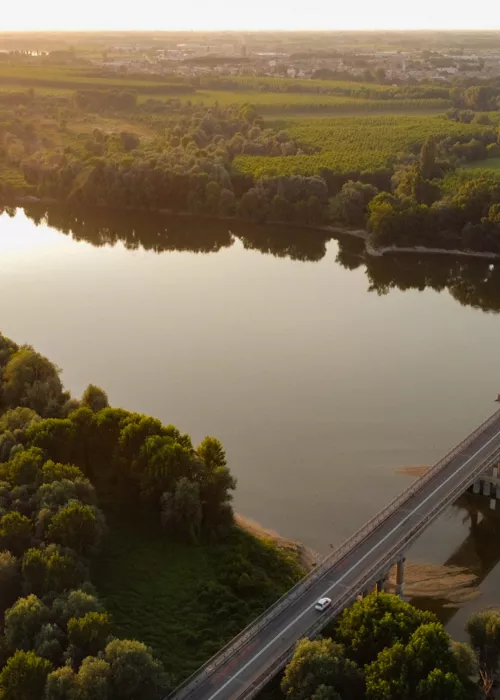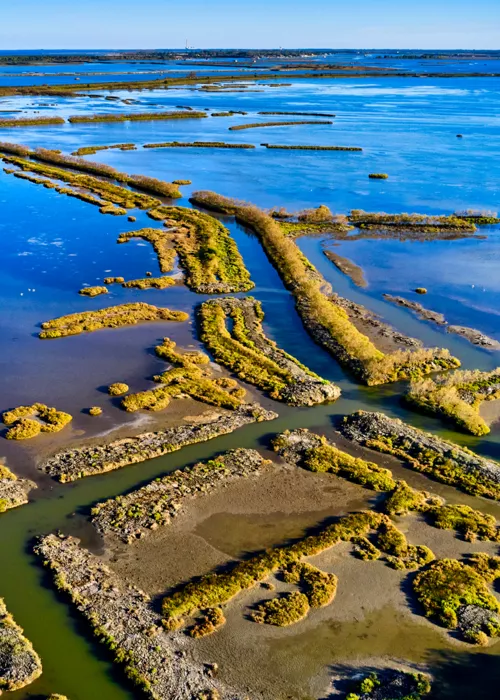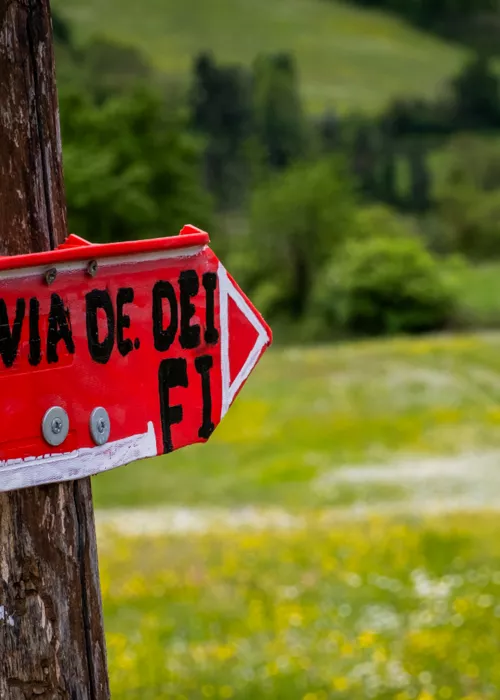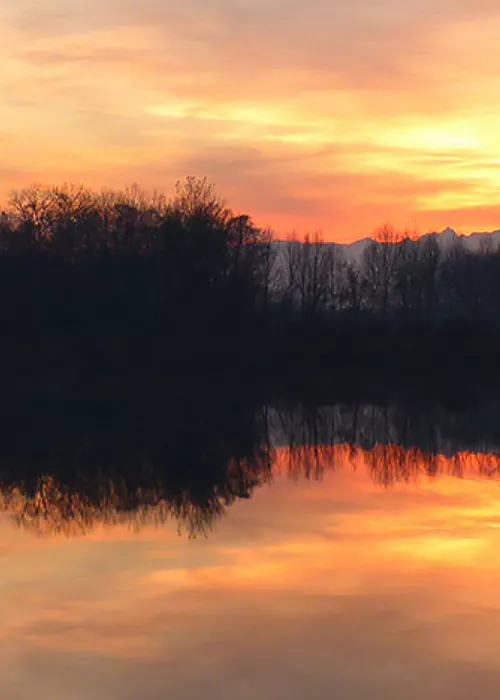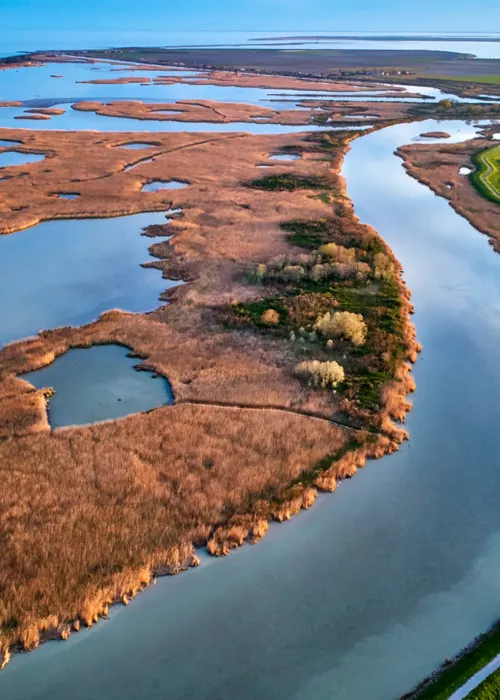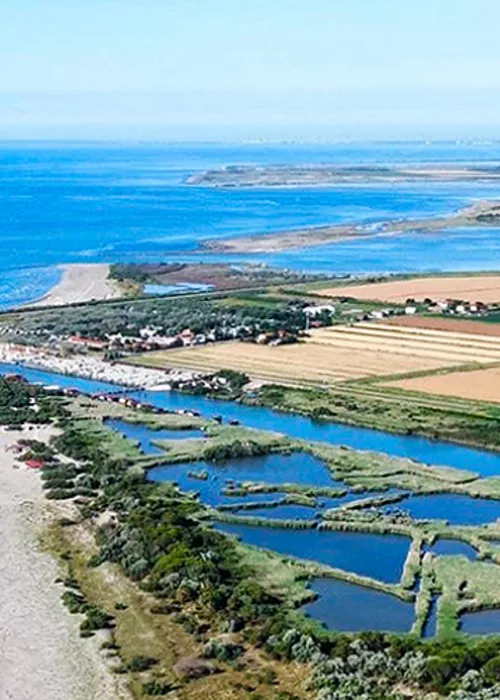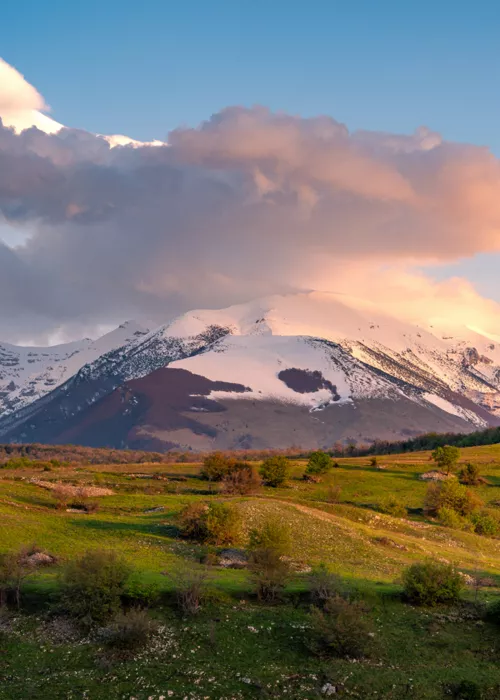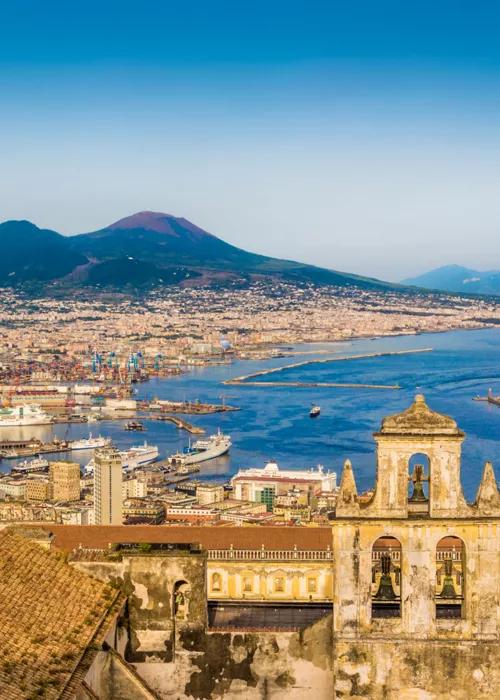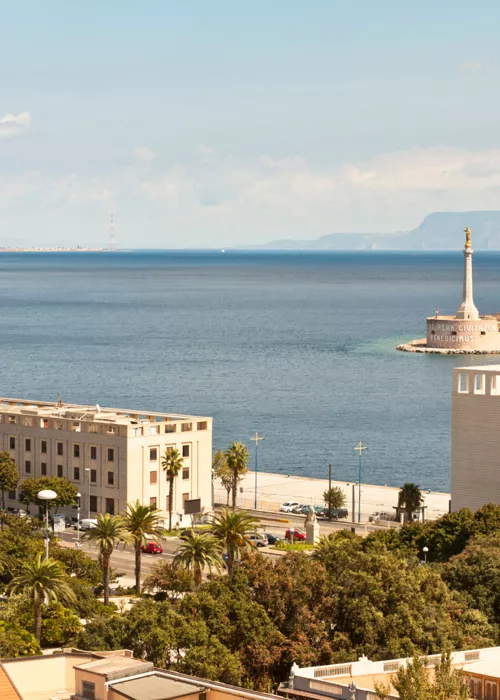Venezia and its lagoon

The journey starts from Chioggia. Ancient Clodia was a Roman city of great importance. Built on a peninsula overlooking the Venice lagoon, it was famous for its salt pans, where the highly prized Sal Clugiae was produced. Formerly protected by walls, it welcomed and sheltered the people of the hinterland fleeing from the barbarian invasions.
Inevitably linked to the Republic of Venice, Chioggia always maintained its independence despite being the scene of the historic War of Chioggia (1379-80) between the Maritime Republics of Genoa and Venice.
It is to the Most Serene Republic that it owes the excavation of the Cava Canal, in the second half of the 16th century, which isolated the island from the mainland and made it more defensible.
The various changes made to the course of the Brenta River in recent centuries eventually gave rise to the present configuration of the area.
The ancient town still has the classic layout of Roman cities: a perfect grid of streets that intersect according to the Roman castra system.
Inside, you can admire remains from past centuries of considerable interest. Entering through the Santa Maria gate, the only access to the sixteenth-century walled city, we find the Cathedral of Santa Maria Assunta, to the side of which is the Refugium Peccatorum, a sculptural group named after one of the titles in the Litany of the Blessed Virgin Mary.
Continuing along Corso del Popolo, which follows the route of the ancient Roman cardo, you walk through the ancient historic centre, passing the Minor Basilica of San Giacomo and then coming to the Pescheria, with its characteristic fish market. Just a little further, and you can see the church of St Andrew, which preserves a medieval clock in its bell tower, the oldest in the world that still works. Crossing the Vena Canal and the San Domenico bridge once more, you come to the small island and church of San Domenico, with its splendid 14th-century wooden crucifix, which certainly deserves a visit.
You can't leave Chioggia without enjoying its typical dishes of land and sea products: from Sardines in Saor to Buoboli de Vida (snails), together with the majestic Radicchio di Chioggia IGP, the history of the Clodi area pours all its flavours into the specialities of Chioggia cuisine.
The journey continues. Leaving the island of Pellestrina on the starboard side, passing along the Santo Spirito canal, you come to the mouth of Malamocco harbour, the ancient mouth of the Brenta River to then reach the Venice Lido. You arrive at the junction with the Orfano Canal or the Scoasse Canal. You can take one or the other to get to the heart of Venice, on Piazza San Marco. Moor up and enjoy this city on the water.
Caorle and colourful cottages

Set off again from Venice, passing Jesolo and heading for Caorle. Enter from the mouth of the river Livenza towards the fishing port. On the way you will come to Marina dell'Orologio, where you can dock. It is near the historic centre, which is worth visiting to see the colourful cottages, the Cathedral with its Romanesque bell tower and the Shrine of the Madonna dell'Angelo, built on the dunes on the shore in the 9th century. Caorle has managed to preserve the charm of a small seaside village, nestled between squares and alleyways, all leading towards the sea. Since 2022, the town has also forged a strong link with street art, hosting the first edition of the Caorle Sea Festival, during which some of the most famous Italian and international street artists have decorated walls throughout the town, with customised works based on the theme "Sea, fishing and traditions."
This same theme inspires the town's culinary tradition. You can't leave Caorle without trying the typical dishes of a traditional cuisine that reminds us of the sea: fried fish, boiled musky octopus and sea food carbonara are just some of the delicacies this land offers us, to be enjoyed together with a good glass of Lison-Pramaggiore DOC wine.
Grado, land and water

Back on board to enter the waters of Friuli almost immediately. After crossing the mouth of the Tagliamento river, the natural border between Veneto and Friuli, we pass by the famous beaches of Lignano Sabbiadoro to come to the vast Merano lagoon and the coastal town of Aprilia Marittima, a district of Latisana.
This town, and the entire lagoon, have assumed a role of primary importance in European nautical tourism, offering numerous berths as well as important services on land: shipyards and assistance and storage services.
At the other end of the lagoon is Grado, built on an island that seems suspended between land and water. Mooring at the old port of Grado means entering a dense and compact historic centre, where, among the narrow alleyways, you can come across unexpected treasures.
This area saw flourishing activity during the imperial Roman period, following the foundation of the colony of Aquileia. It developed further, in around 452 AD, when many inhabitants took refuge on the island to escape the descent of the Huns.
The city grew in importance until, with the arrival of the Lombards, it was decided to move the seat of the Patriarchate here. There are numerous testimonies of this fruitful period in the city's history, such as the early Christian basilica of St Euphemia, with its baptistery, that of St Mary of Grace or the remains of the Court basilica.
Not far away, another island houses the Shrine of the Madonna della Barbana, one of the oldest Marian sanctuaries, erected by the Patriarch of Grado in thanksgiving to the Blessed Virgin for saving the city from a violent flood.
Go ashore to visit Aquileia, an important city from Roman times, which, although resisting the attacks of the Vandals, did not survive the arrival of the Huns, who devastated it, looted it and scattered salt on its rubble.
The city, reborn around the year 1000, was restored as the patriarchal see and the important religious and artistic flourishing that ensued is witnessed by the majestic patriarchal basilica. The Church of Aquileia boasts apostolic origins: here St Mark, sent by St Peter to evangelise the city, consecrated St Ermagoras as the first bishop of Aquileia.
The Basilica is considered the oldest building for Christian worship in North-Eastern Italy and, despite the various renovations carried out over the following centuries, it retains the forms of the 11th century. The church preserves a magnificent mosaic floor from the beginning of the fourth century, which perfectly testifies to how Christian communities gained ground in a empire that was still pagan, and that both realities assigned the same artists to decorate their buildings.
Take time to visit this ancient city and discover its archaeological museum and the remains of the Roman forum. Stop to enjoy the many delicacies of an ancient cuisine, perhaps together with a good Friuli Aquileia DOC wine.
Elegant Trieste

Leaving the characteristic port of Grado, return to the sea and having passed around Punta Sdobba, at the mouth of the Isonzo river, you will enter the Gulf of Trieste, leaving behind low lagoons and beaches for sheer rocky coasts dropping down the sea. After Montefalcone, we come to Duino ,with its castle overlooking the sea and, immediately after that, pristine Miramare castle. Built from white Istrian stone on a rocky promontory, the castle seems to rise from the waters. The building, still furnished with period furniture, is surrounded by a lush park full of valuable botanical species, sculptures, fountains and ponds, created in symbiosis with the mansion. Certainly a privileged viewing point from which to watch the famous Barcolana, the historic regatta held every year in this stretch of sea.
Once in Trieste, you will be enchanted by the elegant Piazza dell'Unità overlooking the sea. Stop at the historic Caffè degli Specchi, visit the Revoltella museum and the streets full of Hapsburg architecture. Breathe the Central European atmosphere and discover memories of famous writers, such as Umberto Saba, Italo Svevo and James Joyce. Don't miss out on a visit to San Giusto hill, with the castle and cathedral. To view the gulf from above, take the tram to Opicina.
Trieste is a city to be discovered. Its location has always made it a crossroads for peoples who have found hospitality here and have left traces of their presence, in the culture, art and food and wine.
A city to be experienced and enjoyed by discovering its various aspects, visiting its many museums and walking its streets, to then end the day looking at the sea from a bench on the promenade in front of the romantic Piazza Unità d'Italia.


